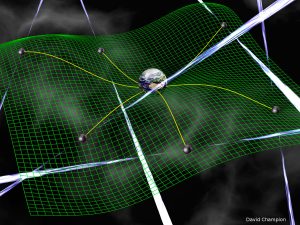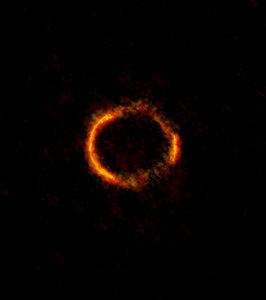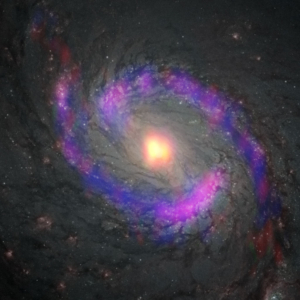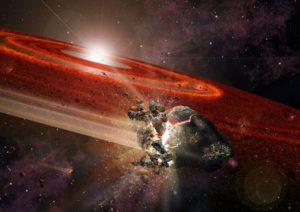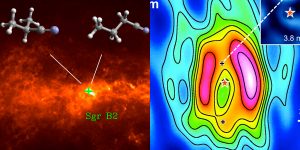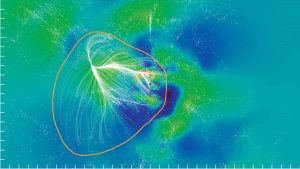GBT to join the hunt for gravity waves as NSF awards NANOGrav PFC.
ALMA Sees Einstein Ring in Stunning Image of Lensed Galaxy
Astronomers have observed a cosmic ring with the help of ALMA.
Pockets of Calm Protect Molecules around a Supermassive Black Hole
ALMA finds pockets of complex organic molecules around supermassive black hole.
NRAO’s Top 10 Radio Hits of 2014
Looking back at the science news released by NRAO in 2014, the staff scientists at NRAO selected what they believed were the top 10 stories based on both scientific impact and public interest.
NRAO Media Tip Sheet September 2014
ALMA finds new organic molecule; VLA reveals details of still-forming planetary system; NRAO patent for new radio synthesizer.
Newly Identified Galactic Supercluster Is Home to the Milky Way
Astronomers using the GBT find Milky Way is part of ginormous supercluster of galaxies called Laniakea.






